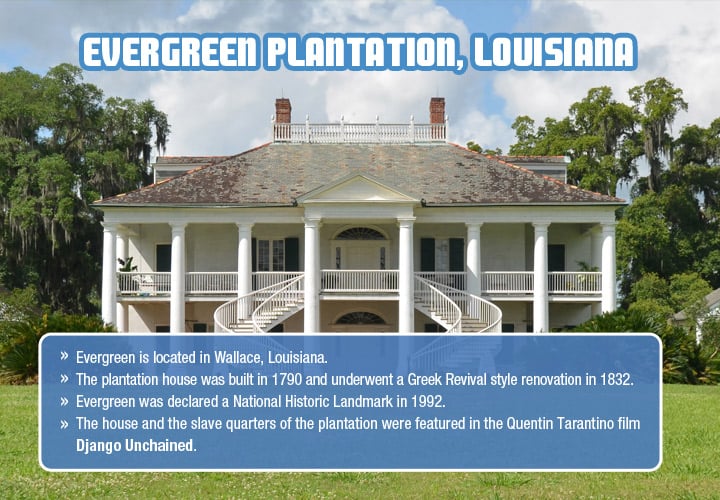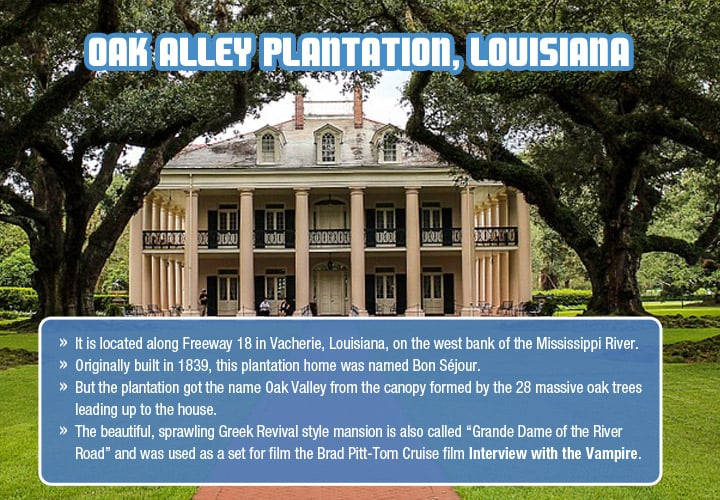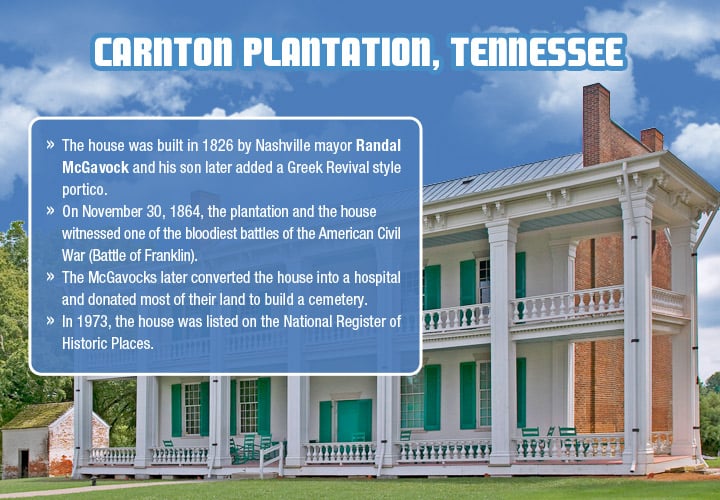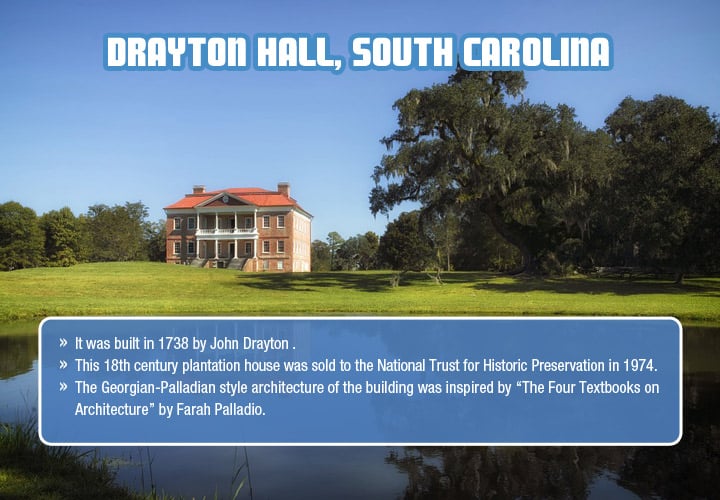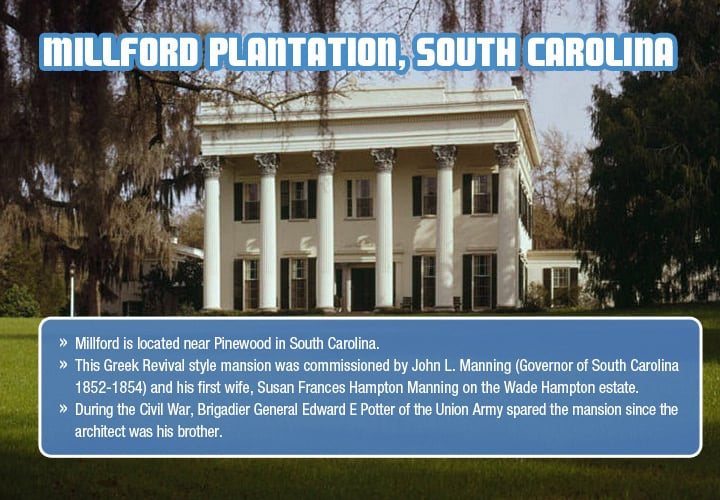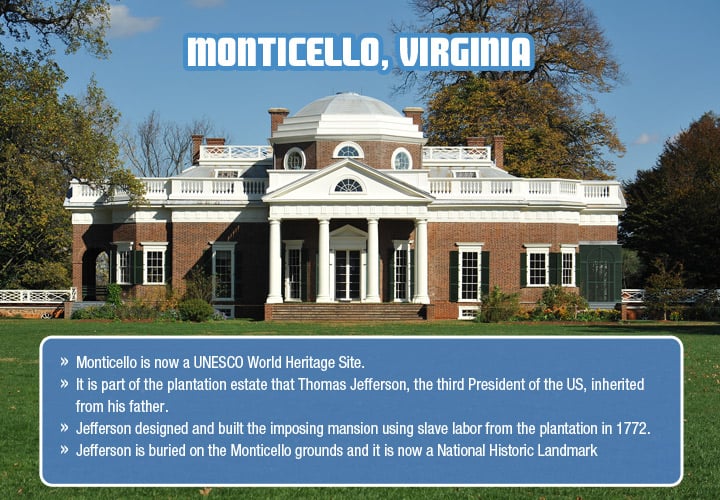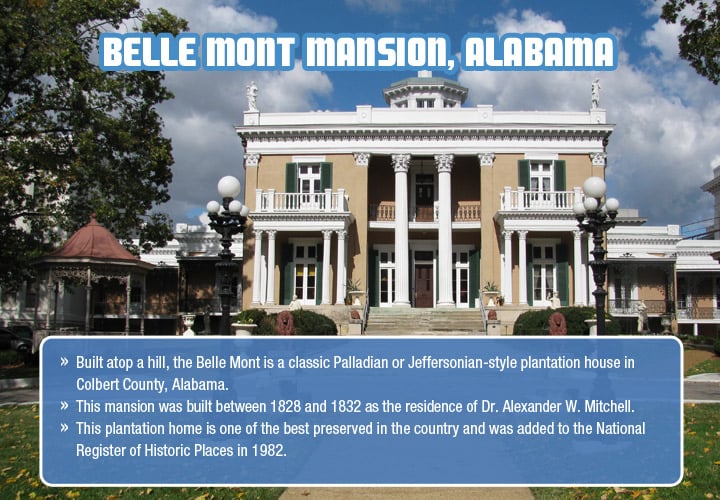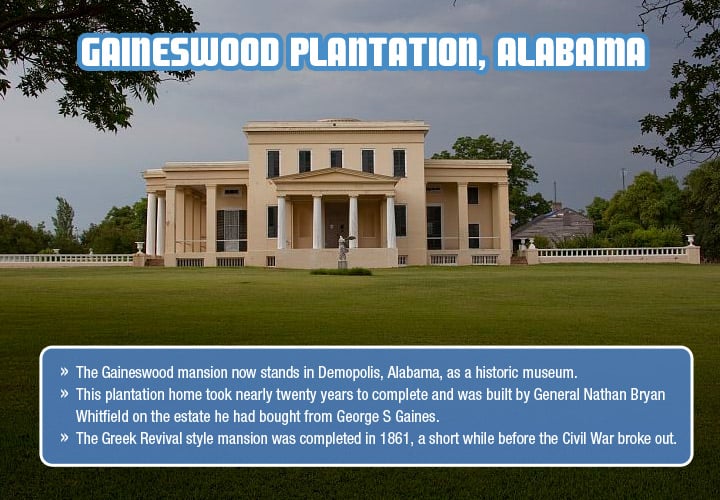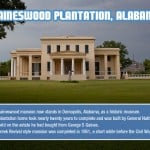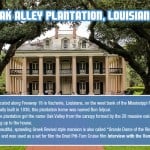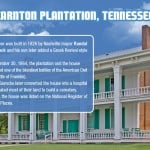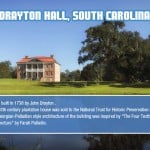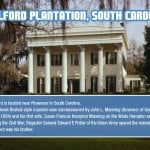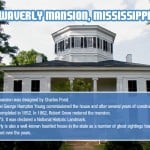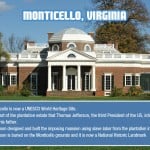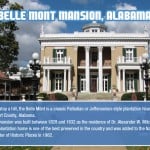10. Evergreen Plantation, Louisiana
Evergreen is a plantation located in Wallace, Louisiana. The plantation house, one of the best preserved in the US, was built in 1790 and received a Greek Revival style renovation in 1832. The main plantation house, the 22 slave quarters, and all the other out buildings are well-preserved and the main house now offers tours for visitors. Evergreen was declared a National Historic Landmark in 1992. The house and the slave quarters of this plantation were featured in the Quentin Tarantino film, Django Unchained. The white and grey main house with its columned façade and curved staircases still remains a beauty to behold.
9. Oak Alley Plantation, Louisiana
Located along Freeway 18 in Vacherie, Louisiana, on the west bank of the Mississippi River is one of the most photographed plantation homes of the US. Originally built in 1837, this plantation home was named Bon Séjour. But it is the canopy formed by the 28 massive oak trees leading up to the house that first catches the eye. Thus, the plantation got the name Oak Alley. The beautiful, sprawling Greek Revival style mansion is also called “Grande Dame of the River Road”. And if the gleaming interiors and massive chandeliers seem familiar, it must be because the house was used as a set to film the Brad Pitt-Tom Cruise film Interview with the Vampire.
8. Carnton Plantation, Tennessee
The red brick Federal-style antebellum house at Carnton in Franklin, Tennessee, is perhaps one of the most historically significant plantation homes in the US. The house was built in 1826 by Nashville mayor, Randal McGavock, and his son later added a Greek Revival style portico. On November 30, 1864, the plantation and the house witnessed one of the bloodiest battles of the American Civil War, the Battle of Franklin. The McGavocks later converted the house into a hospital and donated most of their land to build a cemetery. Later in 1973, the house was listed on the National Register of Historic Places.
7. Drayton Hall, South Carolina
The house around which one of the greatest sugar plantations of South Carolina was built is Drayton Hall. Built in 1738 by John Drayton, this 18th century plantation house remained in the family till 1974 when it was sold to the National Trust for Historic Preservation. The Georgian-Palladian style architecture of the building was inspired by “The Four Textbooks on Architecture” by Farah Palladio. The historic hall is witness to many significant events during the American War of Independence. Various cultural events are now held here in commemoration of its historic legacy.
6. Millford Plantation, South Carolina
Another beautifully preserved plantation home is Millford, near Pinewood in South Carolina. This Greek Revival style mansion was commissioned by John L. Manning (Governor of South Carolina 1852-1854) and his first wife, Susan Frances Hampton Manning on the Wade Hampton estate. It was built by Nathaniel Potter between 1839 and 1841. During the Civil War, Brigadier General Edward E Potter of the Union Army spared the mansion since the architect was his brother. The imposing façade, the 6 huge fluted Corinthian columns and the circular staircase are some of the most impressive features of this home.
5. Waverly Mansion, Mississippi
Waverly Mansion in Clay County, Mississippi, is a unique antebellum plantation home. This magnificent mansion was designed by Charles Pond. Colonel George Hampton Young commissioned the house which was constructed in 1840. In about 1962, Robert Snow restored the mansion which had fallen into a bad shape over the years. In 1973, it was declared a National Historic Landmark. Waverly Mansion is also known to be a haunted house. A number of ghost sightings have been reported over the years.
4. Liberty Hall, Georgia
Liberty Hall is suitably named. Alexander H. Stephens, the plantation’s owner, was known to treat his slaves very well. So much so that most of his slaves chose to work for him as free men following the liberation. Stephens was the Vice President of the Confederacy between 1861 and 1865, a member of the House of Representatives between 1873 and 1882 and the Governor of the state of Georgia between 1882 and 1883. Liberty Hall was built in Crawfordville, Georgia, between 1872 and 1875 on a site that Stephens had bought in 1845. Most of the simple but beautiful house is well-preserved and is now a museum.
3. Monticello, Virginia
Monticello is now a UNESCO World Heritage Site. It is much more than a plantation home but primarily it is part of the plantation estate that Thomas Jefferson, the third President of the US, inherited from his father. Jefferson designed and built the imposing mansion using slave labor from the plantation in 1772. He borrowed the neoclassical design from the Italian Renaissance school of architecture and added his own distinctive style to create this grand mansion. Jefferson is buried on the Monticello grounds and it is now a National Historic Landmark.
2. Belle Mont Mansion, Alabama
Built atop a hill, the Belle Mont is a classic Palladian or Jeffersonian-style plantation house in Colbert County, Alabama. This mansion was built between 1828 and 1832 to be the residence of Dr. Alexander W. Mitchell. While the architect’s name remains unknown, experts believe that architect may have been directly associated with Thomas Jefferson. This plantation home is one of the best preserved in the country and was added to the National Register of Historic Places in 1982. The architectural significance of this mansion makes it well worth a visit.
1. Gaineswood Plantation, Alabama
The Gaineswood mansion now stands in Demopolis, Alabama, as a historic museum. This plantation home took nearly twenty years to complete and was built by General Nathan Bryan Whitfield on the estate he had bought from George S. Gaines. The Greek Revival style mansion was completed in 1861, a short while before the Civil War broke out. The domed ceilings, sprawling interiors, lavish furniture, and beautiful décor are still well preserved.



